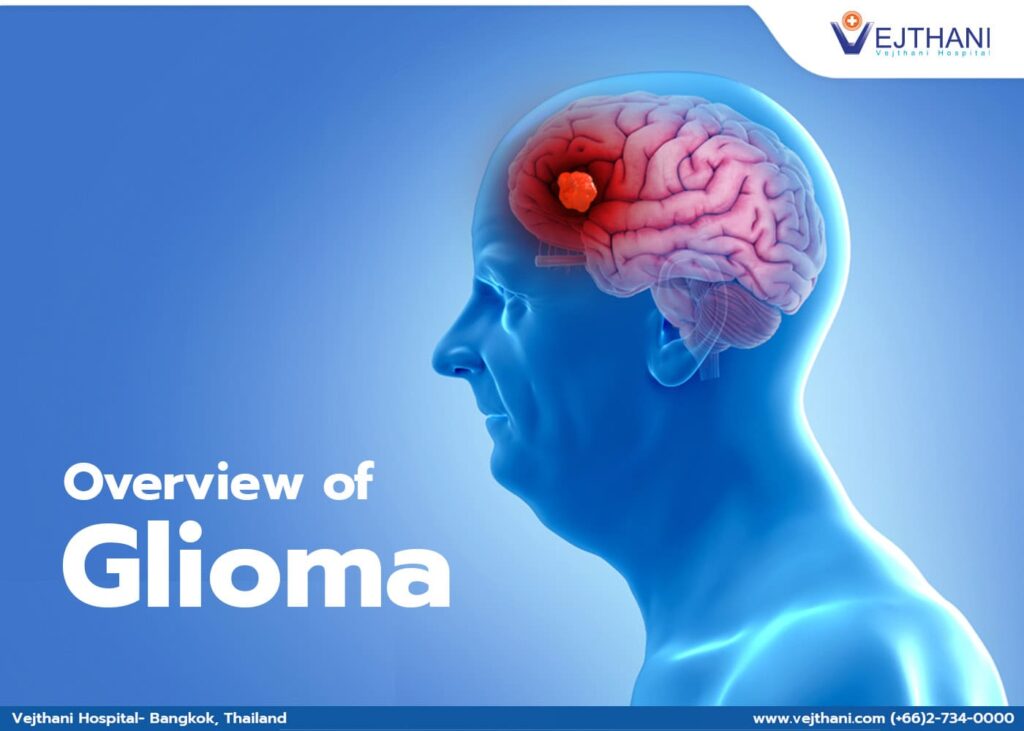

Overview
Gliomas are a kind of malignant tumor that grows in the brain tissue or spinal cord in people of any age and gender as a result of uncontrolled growth of glial cells. There are many types of gliomas, some of which can be fatal as they grow fast and may be hard to treat with surgery.
Symptoms
Gliomas may cause slurred speech, blurred vision, brain fog, intense headaches, nausea, seizures, and balance problems. This brain tumor may also lead to deadly symptoms, such as bleeding or fluid buildup inside the brain, as well as brain herniation.
Diagnosis
Gliomas can be life-threatening, if any of these symptoms occur, seeing a healthcare provider without a delay is recommended. Some procedures are commonly used to diagnose the disease, such as MRIs and CT scans to look for tumors or any abnormal mass inside the brain.
If a suspicious lump is found, a biopsy may be done to collect a sample of that lump to analyze if it is a tumor and how aggressive or dangerous it is.
Treatment
Treatment of gliomas may be different from person to person. This depends on the patient’s general health and the aggressiveness and location of the tumor, among other factors.
For example, if the tumor is located near sensitive tissue or is hard to reach, surgery may not be an option as removing the entire tumor with surgery is challenging. In the case of inoperable gliomas, chemotherapy or radiation therapy may be the primary choices. In most cases, a combination of treatments is needed.
Now there are vaarious less invasive and safer treatment procedures for gliomas. Laser ablation, for example, is a minimally invasive surgery recommended for patients who are not fit for a traditional open brain surgery called craniotomy. Brachytherapy is a form of radiation that treats gliomas without damaging surrounding tissues.
Despite these medical advancements, glioma treatment may cause permanent brain damage. Hence, rehabilitation may be required to help the patient regain normal movements after the treatment. The doctor may also schedule an appointment with the patient from time to time to see if the cancer returns.
- Readers Rating
- Rated 4.3 stars
4.3 / 5 ( Reviewers) - Outstanding
- Your Rating
























